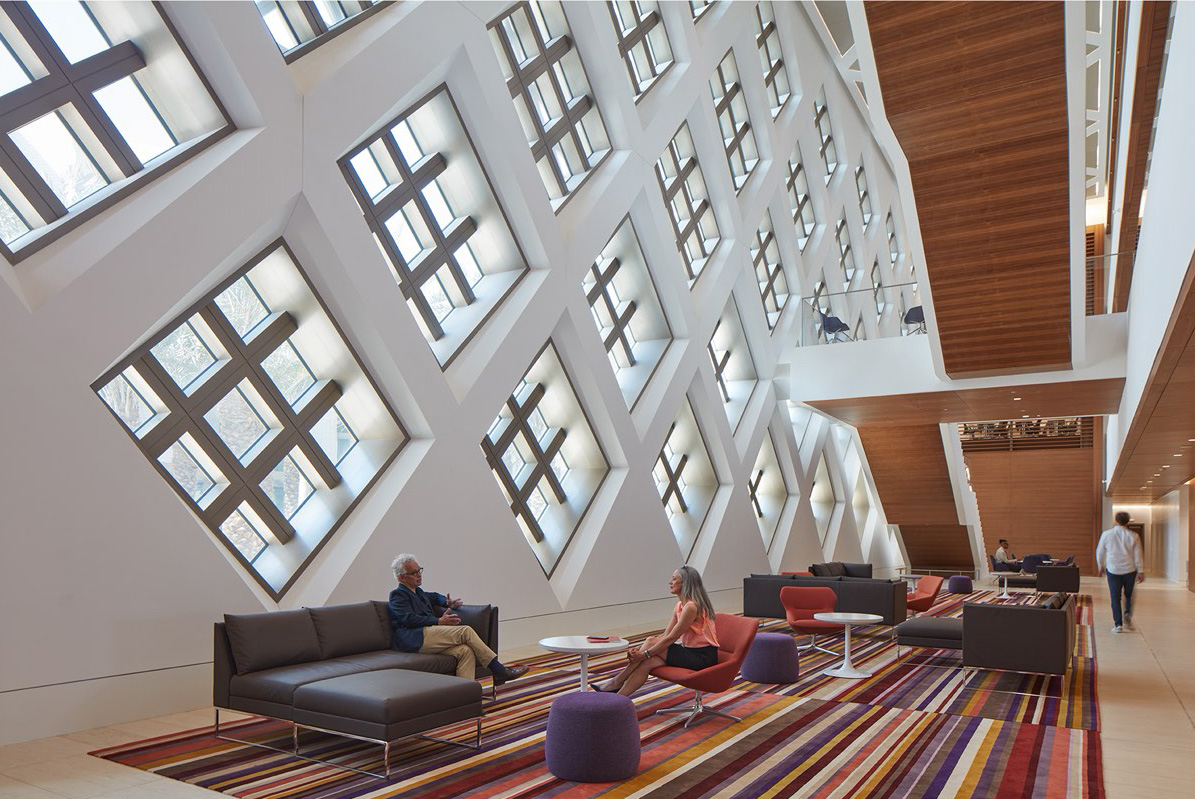
The U.S. Department of State’s mission is to protect and promote U.S. security, prosperity, and democratic values and shape an international environment in which all Americans can thrive. The Bureau of Overseas Buildings Operations (OBO) manages the U.S. Department of State’s building program and sets worldwide priorities for the planning, acquisition, design, construction, operation, maintenance, and disposal of overseas property.
Project Overview
Skidmore, Owings & Merrill, LLP
Architect
Caddell Construction Company
General Contractor
10.5 acres in Al Khobar
Site Details
$351 million
Project Budget
$95 million
Estimated Local Investment
2022
Completed
The new U.S. Consulate General Dhahran supports important diplomatic and commercial relations between the United States and Saudi Arabia.
It embodies OBO’s mission of providing the most effective facilities for U.S. diplomacy abroad ensuring the United States is safer, stronger, and more prosperous.

Design & Construction
The office building’s central section features a window wall system that provides shade to reduce heat gain and eliminate glare while also providing daylight for interior spaces. Wind towers are included in outdoor spaces to harness natural ventilation.
A workforce of over 800 U.S, local, and third-country workers has supported construction. The training, experience, and certification provided to workers expands the pool of skilled workers for future mission needs.


Building Performance
A model of building performance optimization, the resilient design reduces risk and operating costs associated with utilities and maintenance while enhancing natural hazards adaptation. The compact arrangement of buildings with low surface-to-volume ratios, high thermal mass, mutual shading, and fully protected window openings enhances the energy performance of the consulate.
LED lighting and demand-controlled ventilation further improves energy efficiency. The buildings’ east-to-west orientation reduces solar exposure on the façades and effectively minimizes internal heat gain. 100 percent of wastewater and water from approved non-potable sources is treated and reused on-site.
Arts & Cultural Heritage
The new U.S. Consulate General Dhahran embodies U.S. creativity and heritage through design and craftsmanship, fostering dialogue and diplomacy to strengthen relationships and advance U.S. interests.
A defining feature of the new consulate general is the incorporation of U.S. and Saudi Arabian contemporary artwork throughout the building, curated by OBO’s Office of Art in Embassies (AIE).

